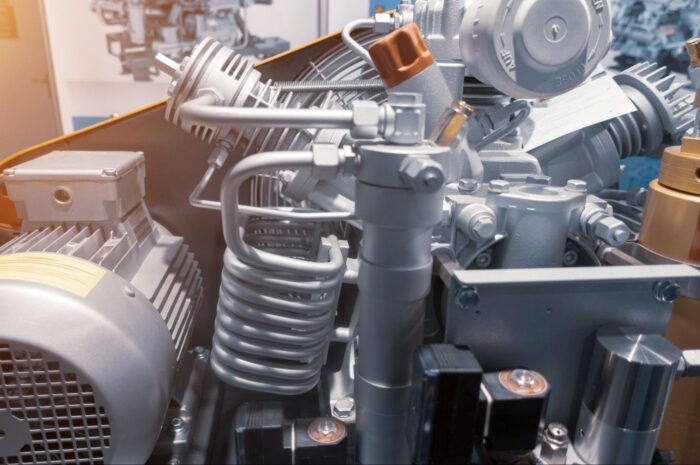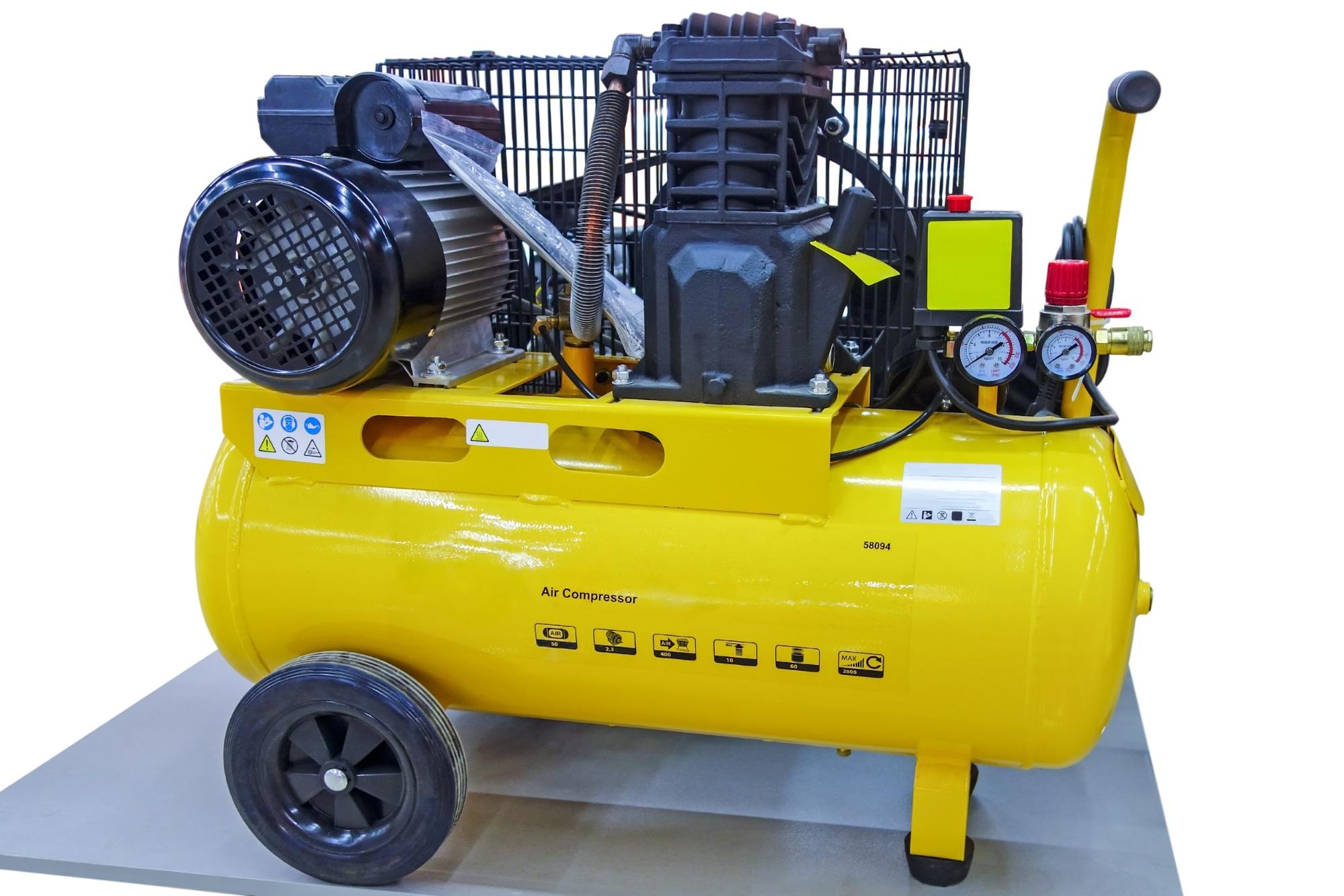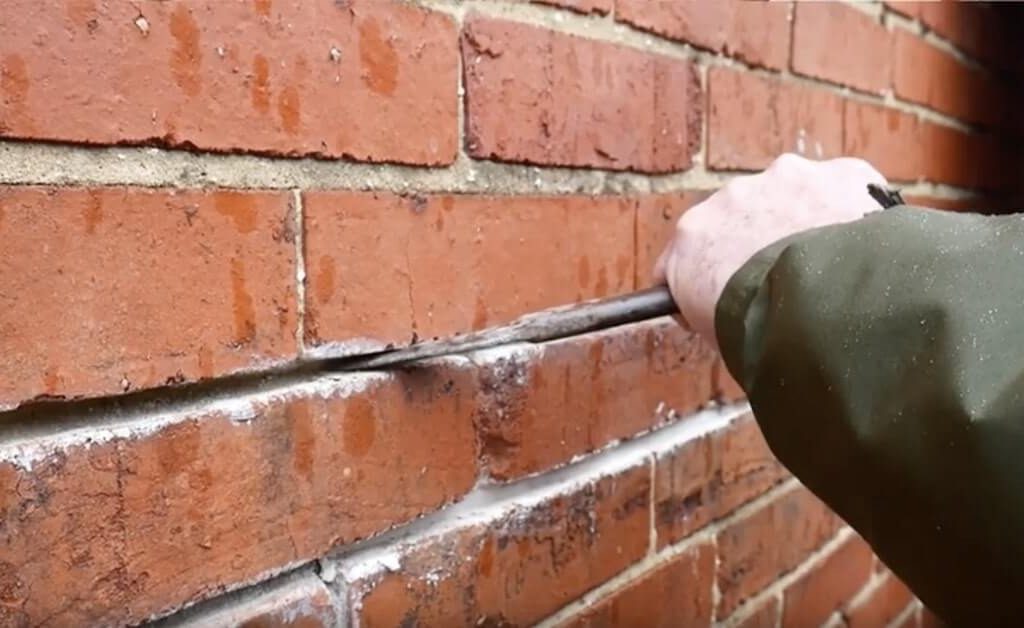Air compressors are an essential tool for any garage, home, or workspace. A multifaceted power tool, air compressors have various functions that can help perform a lot of different tasks. Whether you need to pump some air into your bicycle tires or clean out your workspace quickly, an air compressor is a valuable tool for just about any job. Air compressors are remarkable, intricate devices that tend to have exceptional power, durability, and function. Buying an air compressor isn’t nearly as complicated as upgrading a vehicle or buying a life insurance policy. It’s significantly easier than that! If you’ve never owned an air compressor or are not sure what to look for in one, check out our guide below.
What Is An Air Compressor?
An air compressor is one of a class of devices that compress a gas by its volume. In this case, the gas is just compressed air. Defining an air compressor is easy. It’s just a pneumatic device that uses the energy stored in compressed air to create power. Air compressors usually have an electric motor, gas engine, or other power source driving them. They usually also have a storage tank (although tankless options exist) and a hose. Hoses come in different shapes and sizes. Hose diameter is the size of the outer part of the hose, typically standardizing between 1/4″ and 1″. Some hoses have a reinforcement layer that helps maintain their integrity.
Smaller diameter hoses are more lightweight than their thicker kin. Hoses usually run about 50 – 100 feet long for the sake of convenience. A short hose isn’t really going to help with most projects! Hoses can be tough to maneuver, so having a storage and retrieval system (such as a spool or retractable mechanism) is an absolute must. Hoses are made of various materials, including rubber, nylon, and PVC—all of which offer weather resistance, resistance to breakage, and quality airflow. Some hoses may be coiled while others are straight.
What Can It Do?
Air compressors are one of the world’s most multifaceted, versatile tools. Seriously. These things can tackle so many tasks with precision and aplomb, it’s hard to justify not owning one. They’re ideal for just about any application you can think of—including some not-so-obvious ones. Here’s a quick breakdown of just some of the things an air compressor can do:
- Cleaning
- Sandblasting
- Sanitizing
- Pressure washing
- Running a nail gun
- Using other pneumatic tools
- Cooling things
- Weeding
- Spray Painting
- Engine Work
- Drying things fast
- Inflating tires
There are many more uses for air compressors at home and in your garage, providing all the more reason to add one of the many available high-powered Dewalt air compressors to your tool kit right now.
What Sizes Are Available?
Since air compressors are basically a type of power tool, they come in different sizes and power ratings. Air compressors can be completely tankless or contain a tank that ranges from one to 80 or more gallons. Going tankless offers its own benefits. A tankless compressor is convenient, portable, and works continuously. Unfortunately, it isn’t usually as powerful and can suffer from air fluctuations. Air compressor tanks are essentially reservoirs filled with compressed air, meaning the device doesn’t need to run continuously in order to access its air. A tankless compressor won’t have that function. It’s pretty useful nonetheless and can offer some value in a pinch.
The advantages of a larger volume tank really come into play when you’re performing tasks requiring quick air bursts. Nailing brads with a pneumatic gun, for instance, is going to drain that tank fast. Therefore, going with more volume means you can get more work done without being concerned about losing too much air. It doesn’t even have to be a six-gallon tank (although six-gallon tanks are popular for tools such as impact wrenches and nail guns). Two-gallon tanks can work just as precisely as their higher volume counterparts. Tank volume definitely matters—but not as much as CFM and PSI.
Understanding Pressure
Pressure is probably the most critical part of your air compressor. Measured in pounds per square inch (PSI), most air single-stage air compressors go up to 130 PSI while two-stage compressors go up to 175 PSI. Pressure is the machine’s ability to perform a certain amount of work at any point. The right amount of PSI is necessary for the compressor to perform certain tasks. If you’re driving nails, for example, you’ll need to have higher pressure than if you’re merely cleaning something. Pressure can usually be adjusted via the compressor’s gauge. Too much pressure for a particular task can blow out the hose, so be sure to understand the exact level of pressure you need to get optimal performance from your air compressor. Another important metric is engine performance, measured in horsepower.
Understanding Flow Rate

The other vital vector for selecting an air compressor is its flow rate. Flow is a measurement of how long the compressor can perform a given task. The flow rate is designated as CFM. It’s just the rate at which air moves from the compression cylinder to where the machine compresses it. CFM is short for cubic feet per minute. Higher CFM means greater compressed air volume. The more volume there is the more pressure. These values work together to create the amazing utility and majesty of the almighty air compressor—perhaps the greatest power tool on the face of the earth!






